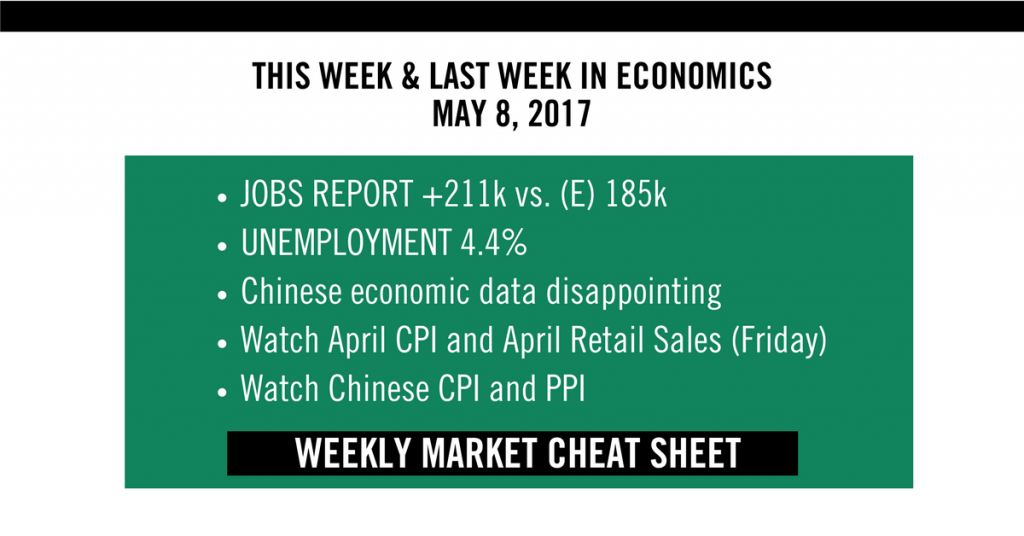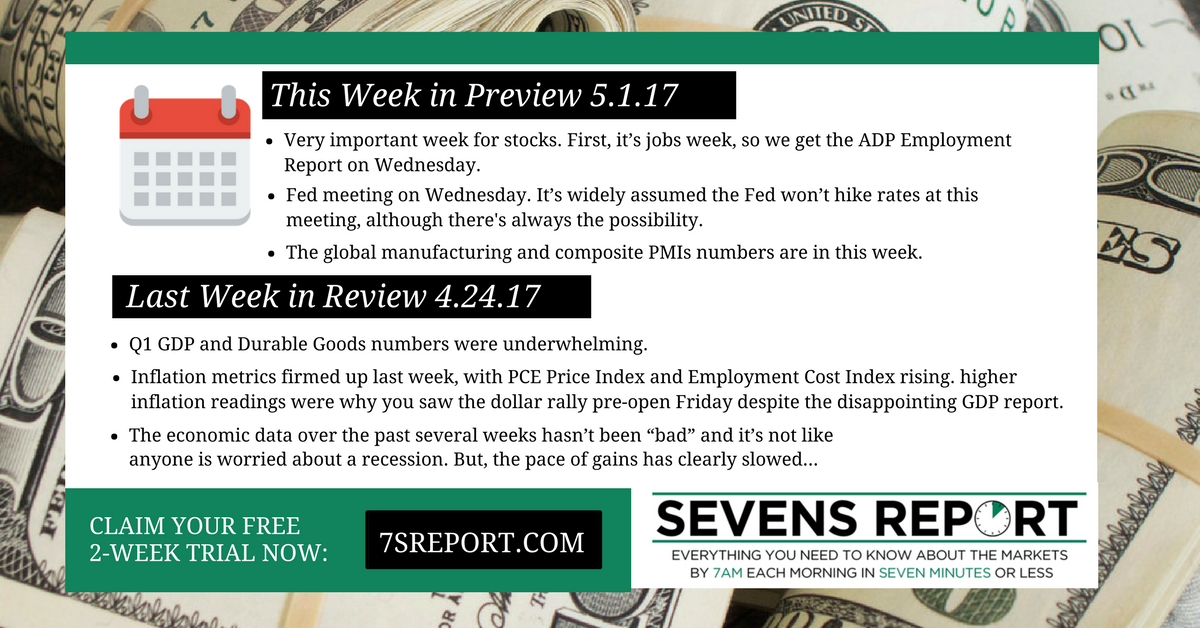The Sevens Report is the daily markets cheat sheet our subscribers use to keep up on markets, leading indicators, seize opportunities, avoid risks and get more assets. Get a free two-week trial with no obligation, just tell us where to send it.
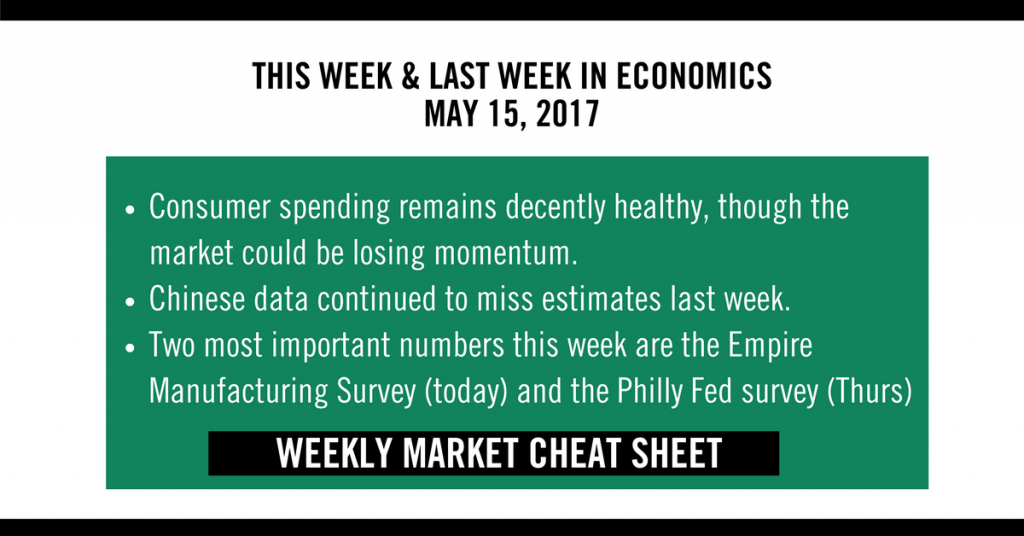
Last Week in Review:
Economic data last week was mixed in total, but from a market standpoint the takeaway was that it was neither strong enough to support a push through 2400 in the S&P 500, nor weak enough to generate any real selling. So, the net effect is that the market is left wondering whether the economic acceleration can continue, or whether we are losing momentum.
Retail Sales was the most important report last week, and while on the headline it appeared disappointing, a closer look revealed it was basically in line with expectations.
I say that, because while the headline missed estimates (0.4% vs. 0.6%) the revisions to the March data were positive, from -0.2% to 0.1%. Taken in aggregate, the two-month retail sales performance was slightly better than expected.
Looking at the more important “control” group, which is the best measure of discretionary consumer spending, it also appeared to be a disappointment, up just 0.2% vs. (E) 0.4%. But once again, the revisions were positive (from 0.5% to 0.7%), so if you take the two months together it was in line with estimates.
Bigger picture, consumer spending remains decently healthy, but activity isn’t on pace with Q3/Q4 of last year, when consumer spending powered economic growth. Without an acceleration in consumer spending, it’s hard to see the US economy accelerating materially from here.
The other notable domestic numbers last week were the April CPI and PPI. The former was much-hotter-than-expected, as the core rose 0.7% vs. 0.2% on surging service inflation (financial services costs, especially). However, core CPI was slightly underwhelming, rising just 0.1% in April, and up 1.9% year over year, below the 2.0% estimate.
Bottom line, it’s a given that inflation pressures continue to build, but all the statistical data implies they are building very slowly. And given the Fed watches the statistical data, nothing in the inflation numbers will make the Fed think about hiking more aggressively or delaying the June rate hike.
The other notable data last week came from China, and it was on balance negative. April exports, imports, M2 money supply and PPI all missed estimates, although not by wide margins. Not all the data was bad, as new yuan loans were slightly better than expected. Then, this weekend, Fixed Asset Investment, Retail Sales and Industrial Production all slightly missed expectations.
Bottom line, legitimate doubts are creeping in about the state of the Chinese economy, but it’s simply too early for anyone other than Kyle Bass to declare a problem (he’s been warning about the implosion of China for years, and I’m sure one day he will be right. In the meantime, he has plenty of capital to wait it out). Yet for us, slowing Chinese growth remains a risk, but one that just needs to be monitored for now, which we are doing.
This Week’s Preview:
The calendar is once again relatively quiet this week, although we will get the first look at May data, which will help us decide whether the March/April lull in economic growth is ending.
To that point, the two most important numbers this week are the Empire Manufacturing Survey (today) and the Philly Fed survey (Thursday). Both give us our first look at May economic activity, and while both are just regional surveys, they still matter given the seemingly precarious trend in economic data (is it the pause that refreshes, or are we losing momentum?).
Outside of those two manufacturing surveys, April Industrial Production comes Tuesday, and that will give us another hard-data look at manufacturing activity. Remember, while manufacturing PMIs soared in early 2017, actual hard data hasn’t really moved (hence the gap between soft sentiment indicators and hard data). So, it’ll be an economic positive if Industrial Production can show an acceleration in manufacturing activity.
Outside of those reports, the only other notable numbers are housing related, as we get the first look at April home sales numbers. The Housing Market Index comes today, Housing Starts come tomorrow. Sentiment towards housing is pretty buoyant right now, so it’d be unlikely (and a big surprise) if we saw a housing roll over.
Bottom line, this week will shed some incremental light on the current state of economic growth, and given the markets are starving for a catalyst (positive or negative) usually inconsequential numbers may indeed move stocks.
Get the simple talking points you need to strengthen your client relationships with the Sevens Report. Everything you need to know about the markets delivered to your inbox by 7am each morning, in 7 minutes or less.

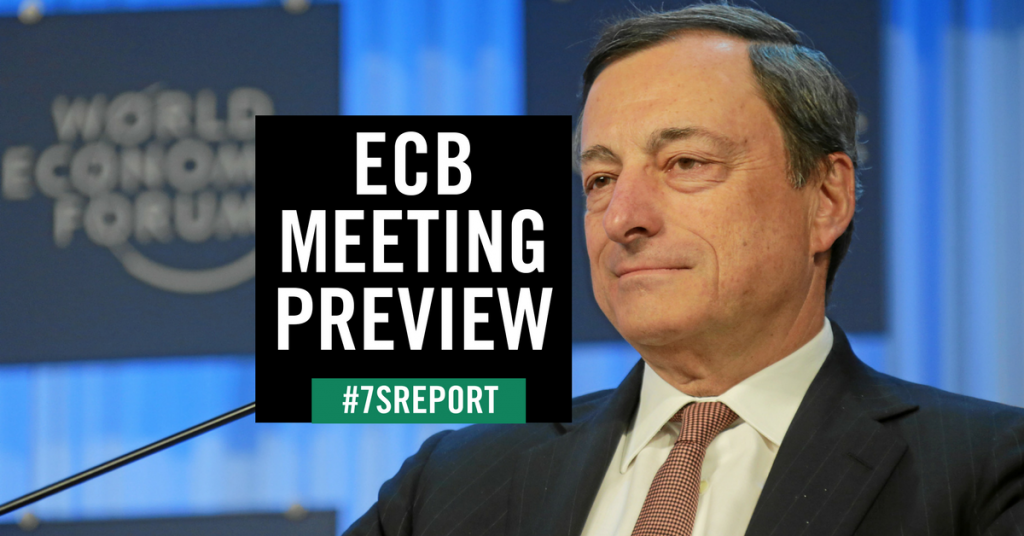
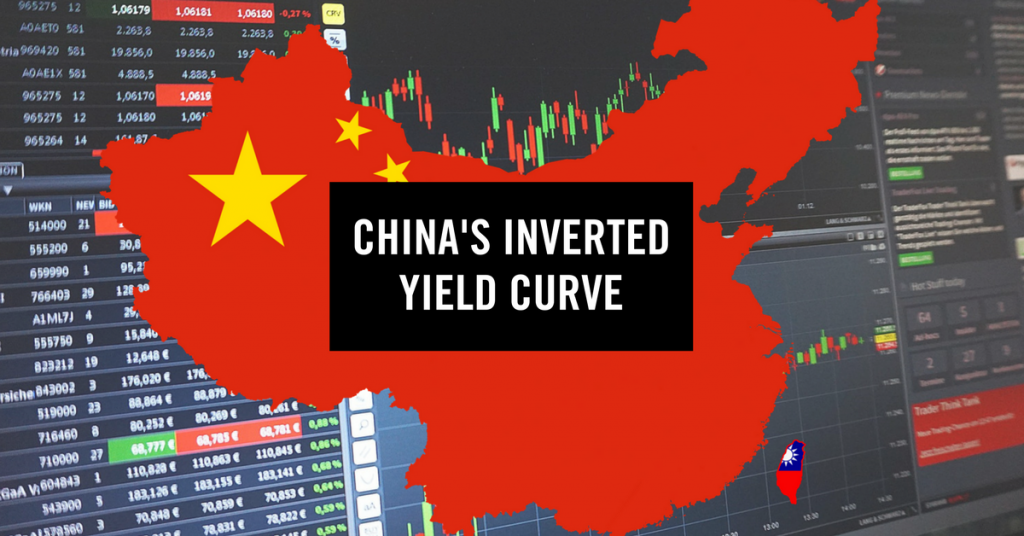
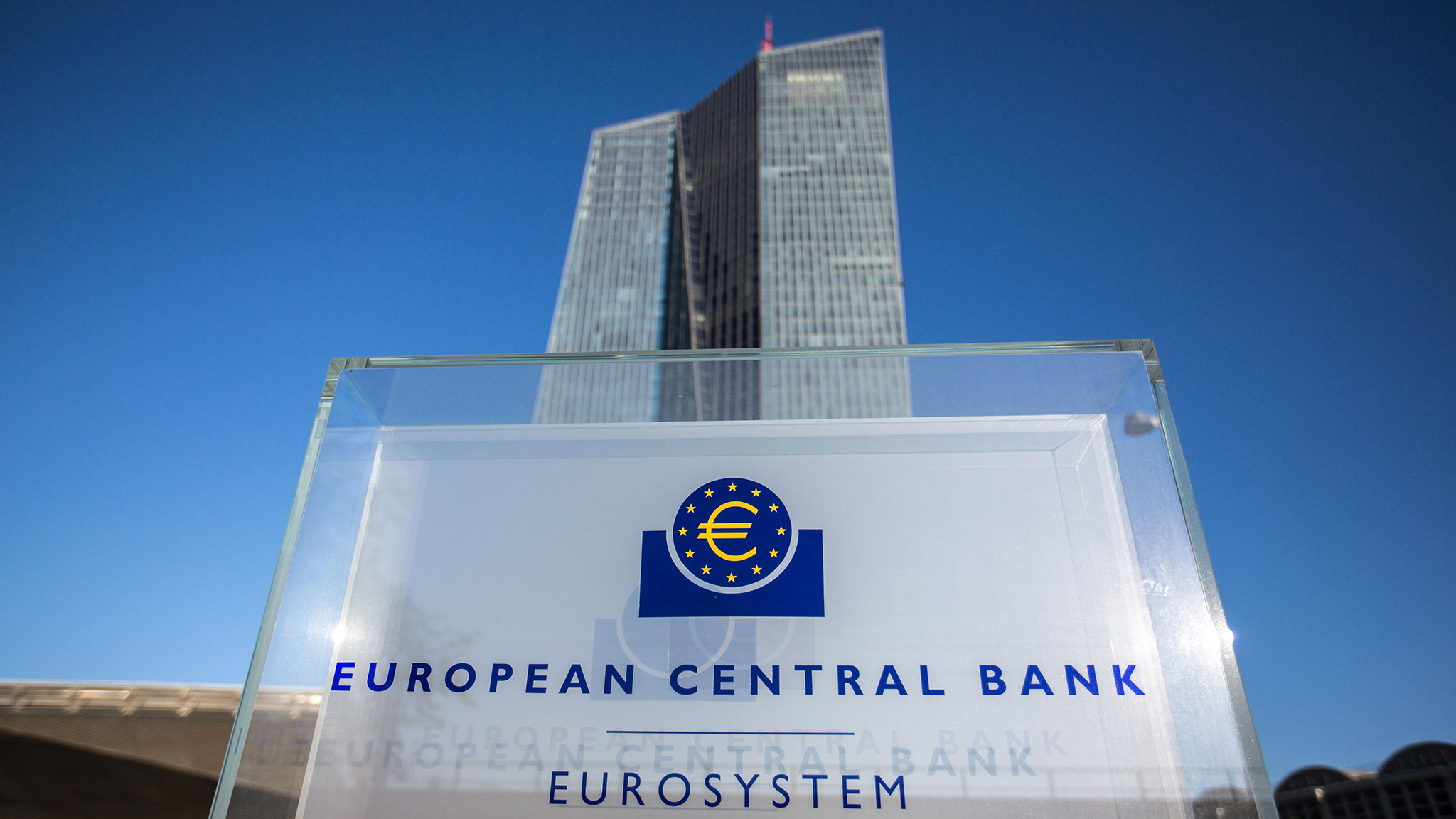
 So, a potential deeper cut began to get priced into the market amid the flurry of buying leading up to the meeting. Unfortunately for the bulls, it was just more of the same cuts through March 2018. The reason the market responded unfavorably to this outcome is pretty simple; the cuts haven’t worked so far, as global stockpiles remain near record highs.
So, a potential deeper cut began to get priced into the market amid the flurry of buying leading up to the meeting. Unfortunately for the bulls, it was just more of the same cuts through March 2018. The reason the market responded unfavorably to this outcome is pretty simple; the cuts haven’t worked so far, as global stockpiles remain near record highs.
